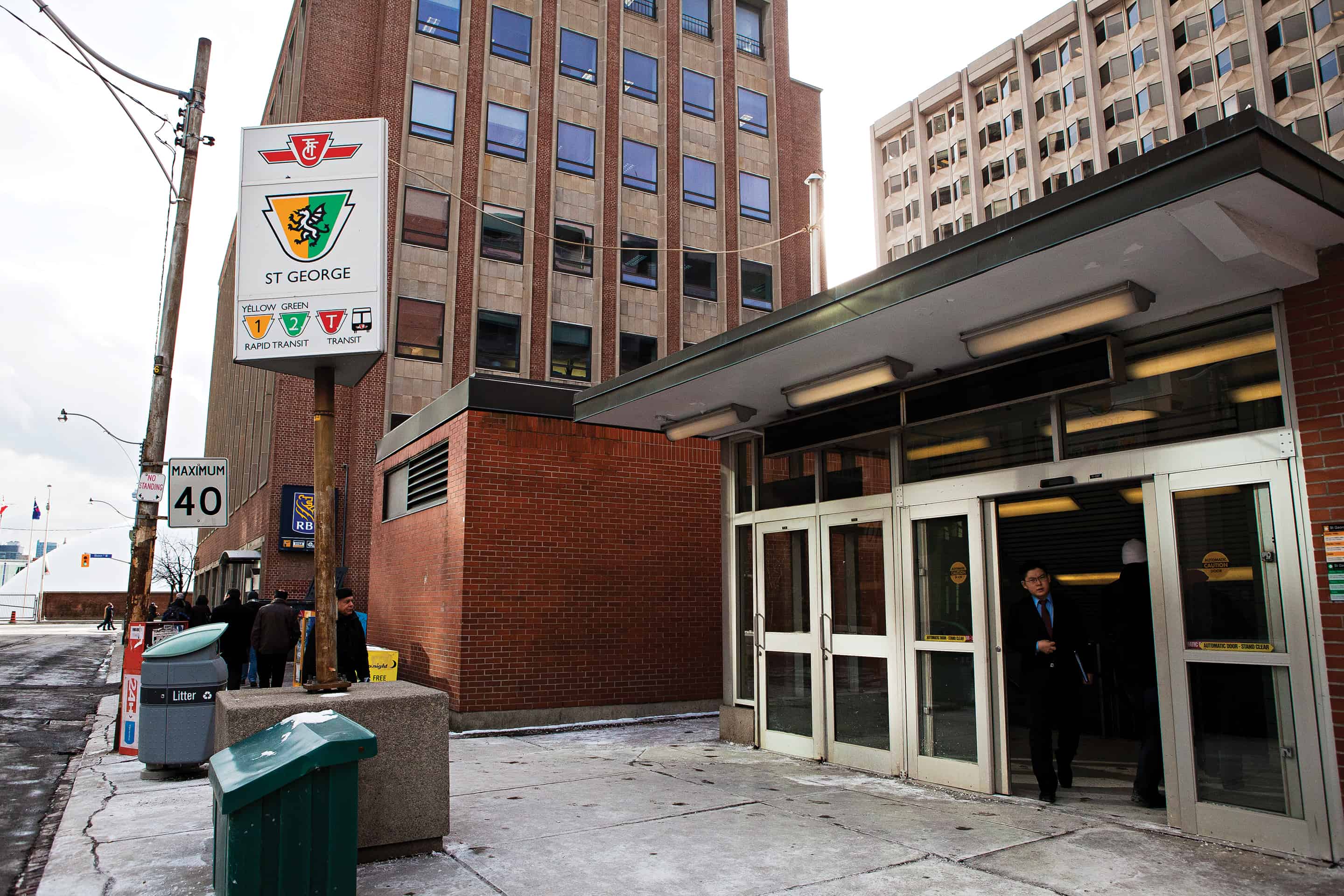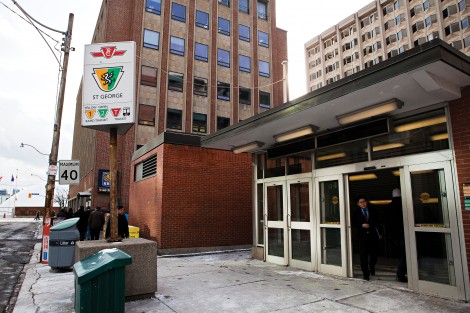Expect a longer commute and more crowding come February 12, as many TTC routes face reduced service. Of the students that attend the University of Toronto, a substantial 85 per cent are commuters. The TTC is an essential service that we use to make the daily commute from home to school and from school to home again. As a student and a commuter, changes to public transit continue to be an issue of great importance to me.
After taking office in December of 2010, Rob Ford made it clear that he planned to end the “war on the car.” In the months to come, it seems that Mayor Ford is ushering in what looks like a war on public transit.
January 1 not only marked the first day of the new year; it was also the day that the TTC fare would increase by an additional dime. It’s not the first the time a fare hike has been issued — Ford’s predecessor, David Miller, oversaw similar TTC fare hikes — but this is the first of its kind. While Miller met fare hikes with expansions in services, the Ford administration is pushing in the opposite direction. Rather than seeing an improvement to public transit, as many as 37 routes will receive less service during rush-hour and 35 routes will get reductions in the off-peak and weekends.
Less service amounts to buses running an expected 30 seconds to two minutes further apart, and fewer buses also means more crowding. The longer wait and overcrowding coupled with rush-hour conditions results in service being subject to more delays. These delays will add to the daily to-and-from commute for students, like us.
The TTC needed $10 million from City Council to avoid the service cut. “We have the money. There is no reason we should be overseeing the decimation of our transit system,” said current TTC commissioner Maria Augimeri to the Star, referring to the $154 million surplus.
TTC manager of service planning, Mitch Stambler, explained that transit planners have been assigned the job of cutting a service that has attracted record ridership. It is at the point where more people use public transit during the off-peak than those who use it during the rush-hour. “People had the confidence that whenever you travel, wherever you travel, transit is going to be available,” said Stambler.
This is not the first change to public transit brought in under the Ford administration. As part of his vision, Mayor Ford scrapped Transit City, a project that planned to use light-rail transportation (LRT), making public transit available for almost all of Toronto. The TTC stated that the project would have transformed Toronto by increasing mobility, strengthening business, offering a greener travel alternative, and enhancing our quality of life. Ford’s main reason for killing the project was that cars would have to share the streets, deeming the notion a “disaster.”
Ford took the funding for Transit City and used it to put the LRT underground. The TTC estimates that surface LRTs cost about $75 million per kilometre, while putting it underground brings the cost closer to the $300 million per kilometre of subways.
Naturally, many are upset that public transit services are being cut, while money is spent on cancellation fees and underground LRTs. The vented frustration is building and people are starting to get organized. A new group called CodeRedTO has emerged and it seeks to challenge the expensive underground transit plans. “We believe that the best avenue forward is to build upon existing and approved rapid transit plans to mitigate common and valid concerns regarding community and traffic impacts,” reads a mission statement found on their website. Ford may have ended the “war on the car,” but he will not win the war on public transit without a fight.



